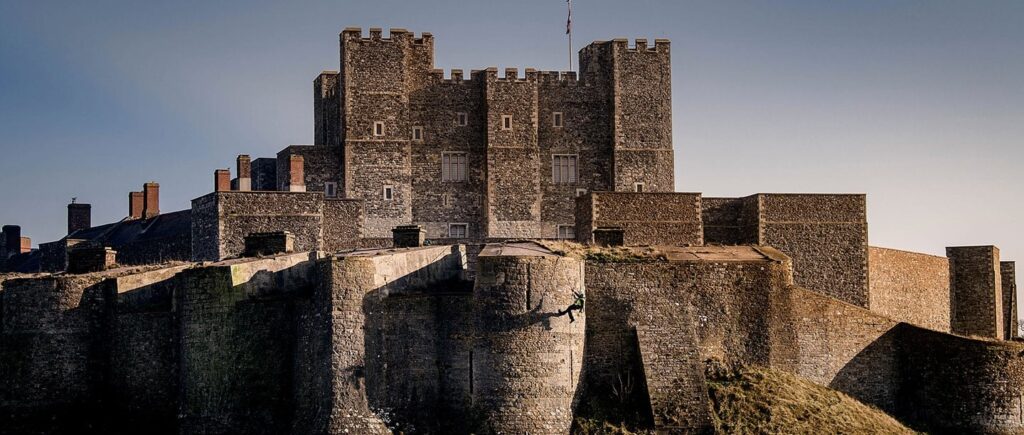Heritage and historical structures, with their timeless beauty and cultural significance, stand as testaments to the ingenuity and craftsmanship of past generations. However, the passage of time, natural elements, and human activity can take a toll on these precious landmarks, leading to deterioration and decay. Stone restoration and conservation play a vital role in preserving these architectural treasures for future generations, ensuring that their legacy endures. In this article, we explore the importance of stone restoration and conservation in preserving heritage and historical structures.
Understanding the Importance:
Heritage and historical structures are not merely buildings; they are tangible links to our past, telling stories of civilizations, cultures, and events that have shaped our collective identity. From ancient temples and medieval castles to Renaissance palaces and colonial-era landmarks, these structures embody the craftsmanship, artistry, and vision of their creators, making them irreplaceable cultural assets.
The preservation of heritage and historical structures is essential for maintaining a sense of continuity, identity, and belonging within communities. By safeguarding these landmarks, we honor the achievements and aspirations of past generations while providing inspiration and education for future ones.

Challenges of Preservation:
Preserving heritage and historical structures presents numerous challenges, ranging from environmental factors such as weathering, erosion, and pollution to human activities such as vandalism, neglect, and inappropriate interventions. Stone, being a porous and susceptible material, is particularly vulnerable to deterioration caused by moisture, freeze-thaw cycles, biological growth, and chemical reactions.
Additionally, the aging process can lead to structural instability, surface discoloration, loss of decorative elements, and other forms of degradation that compromise the integrity and authenticity of historical stone structures. Without proper intervention and conservation efforts, these invaluable landmarks risk being lost forever.
Stone Restoration Techniques:
Stone restoration involves a range of techniques aimed at repairing, preserving, and enhancing the condition of historical stone structures while respecting their original materials, design, and craftsmanship. Some common stone restoration techniques include:
- Cleaning: Gentle cleaning methods such as water misting, steam cleaning, and chemical poultices are used to remove surface dirt, grime, and pollutants without causing damage to the stone. Careful testing and analysis are conducted to determine the most suitable cleaning approach for each specific stone type and condition.
- Repair and Consolidation: Damaged or deteriorated stone elements are repaired and consolidated using compatible materials such as lime-based mortars, epoxy resins, and hydraulic lime grouts. Cracks, fractures, and spalls are filled, reinforced, or replaced with matching stone materials to restore structural integrity and aesthetic appearance.
- Surface Protection: Protective coatings, sealants, and consolidants are applied to stone surfaces to enhance durability, weather resistance, and long-term stability. These treatments help mitigate the effects of moisture, pollutants, and biological growth while allowing the stone to breathe and age naturally over time.
- Carving and Replication: Skilled artisans and craftsmen use traditional carving techniques to replicate missing or damaged stone elements such as ornaments, capitals, and moldings. By meticulously recreating original details and patterns, artisans ensure that restored structures retain their historical authenticity and architectural integrity.
The Role of Conservation:
Conservation goes beyond mere restoration; it involves a holistic approach to preserving heritage and historical structures in their original context, while also promoting sustainability, community engagement, and cultural stewardship. Conservation efforts encompass research, documentation, monitoring, and education initiatives aimed at raising awareness of the significance and value of historical stone structures.

Through interdisciplinary collaboration and partnerships between architects, engineers, conservators, historians, and local communities, conservation projects seek to balance the need for intervention with respect for historical authenticity and integrity. By employing best practices, ethical standards, and innovative technologies, conservationists strive to ensure that heritage and historical structures remain vibrant and relevant in a rapidly changing world.
Stone restoration and conservation play a critical role in preserving heritage and historical structures, safeguarding their legacy for future generations to cherish and enjoy. By employing a combination of traditional craftsmanship, scientific expertise, and modern technologies, restoration professionals can breathe new life into aging stone landmarks while respecting their historical significance and cultural value.
As custodians of our built heritage, we have a responsibility to protect and steward these precious treasures, ensuring that they continue to inspire, educate, and enrich our lives for years to come. Through collective effort, dedication, and passion for preservation, we can ensure that heritage and historical structures remain enduring symbols of our shared heritage and collective identity.


